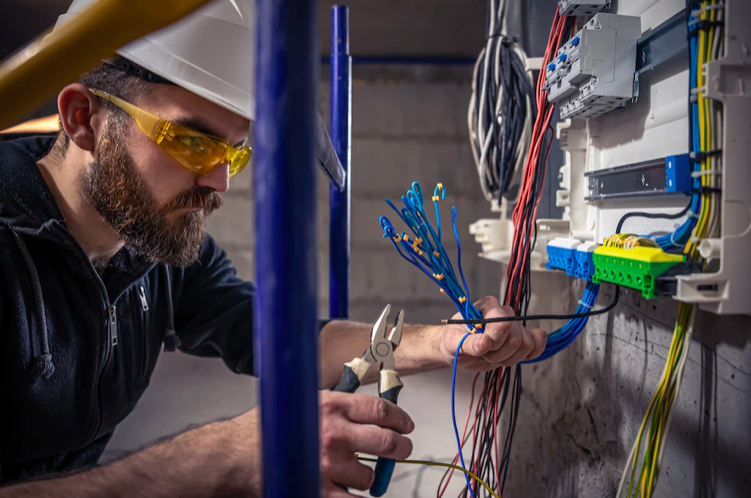
When choosing a switch to use in an electrical design project, there is a perception that it is possible to use any switch, provided its current rating is greater than the maximum load in the circuit. This is not true.
Alternating current (AC) and direct current (DC) circuits can carry varying electrical currents. This is why designers and engineers need to understand how to select the ideal switch for their products. Here is a guideline to consider when buying an isolator switch for your solar PV product.
Switching Speed
Although there is a wide variety of switches available on the market, they mostly carry out the same function: turning power to an electrical circuit on or off by making or breaking an electrical connection. But what is essential is the way they do it.
How fast the circuit needs to be broken depends on whether you are operating with AC or DC.
In the case of AC, both the direction and magnitude of the current changes, whereas, with DC, you have a steady current in one direction.
To expand upon this, if one has two circuits, each with a similar current, one an AC circuit, the other a DC circuit, when power to the AC circuit is switched off, a voltage spark is triggered inside the switch which is quickly put out. This is because an AC sine wave is inherently at zero ampere twice per cycle, meaning that there is a fifty percent chance that the energy in the circuit won’t be at peak level once the power is switched off.
Yet, this is not the case with a DC circuit, where the voltage and current are constant. Once the power is switched off, it can take longer for the voltage arc inside the switch to extinguish itself. This is why the switching speed of a switch in a DC circuit is crucial. The goal is for the switch contacts to quickly separate when power to the circuit is turned off, reducing time for the arc to develop and extinguish itself.
Note that the longer a switch takes to open or break power to a circuit, the more prolonged the arc will be. This can result in switch contacts becoming pitted, potentially leading to premature switch failure, overheating, or even fire.
Identifying Load Type
Apart from the speed at which the switch functions, the nature of the electrical load is also vital in identifying whether a switch will be suitable. For example, will it be switching a resistive or inductive load? This will affect both the currents and voltages with which the switch has to deal.
In the case of a resistive load, like a conventional incandescent light bulb or heater, once the circuit is turned on, the current advances immediately to its steady-state, without first exceeding this level. Meanwhile, the voltage, for the most part, stays the same.
On the other hand, in the case of an inductive load, such as an electric motor or transformer, it will initially draw a large amount of “inrush current” when first switched on before going back down after some seconds to the load’s full running current.
Moreover, when an inductive load is off, a considerable amount of voltage develops across the switch contacts via arc. This arc voltage can be much higher than the switch rating, leading to contact pitting and shortening of the switch’s life.
These peak fluctuations in voltage and current are essential when selecting a switch. If the electrical ratings do not match, either the switch will fail instantly, or its life will be significantly shortened.
For a similar current rating, the DC voltage rating on a switch will generally be much lower than its AC equivalent. For instance, a switch rated for 15A at 250 Vac will only be rated for 15A at 12 Vdc.
Selecting a Certified Switch
Although there is a myriad of suitable switches for any project, it is best to select one that has been certified to a recognized standard. For this there are two essential standard bodies, Underwriters Laboratories (UL) and the Verband der Elektrotechnik, Elektronik und Informationstechnik (VDE).
Conclusion
It is essential to know the significant difference between an AC and DC isolator switch. Is a DC or AC circuit being created? Is an inductive or resistive switch to be used? BENY can help with all such matters and is a reliable manufacturer for solar PV products.

